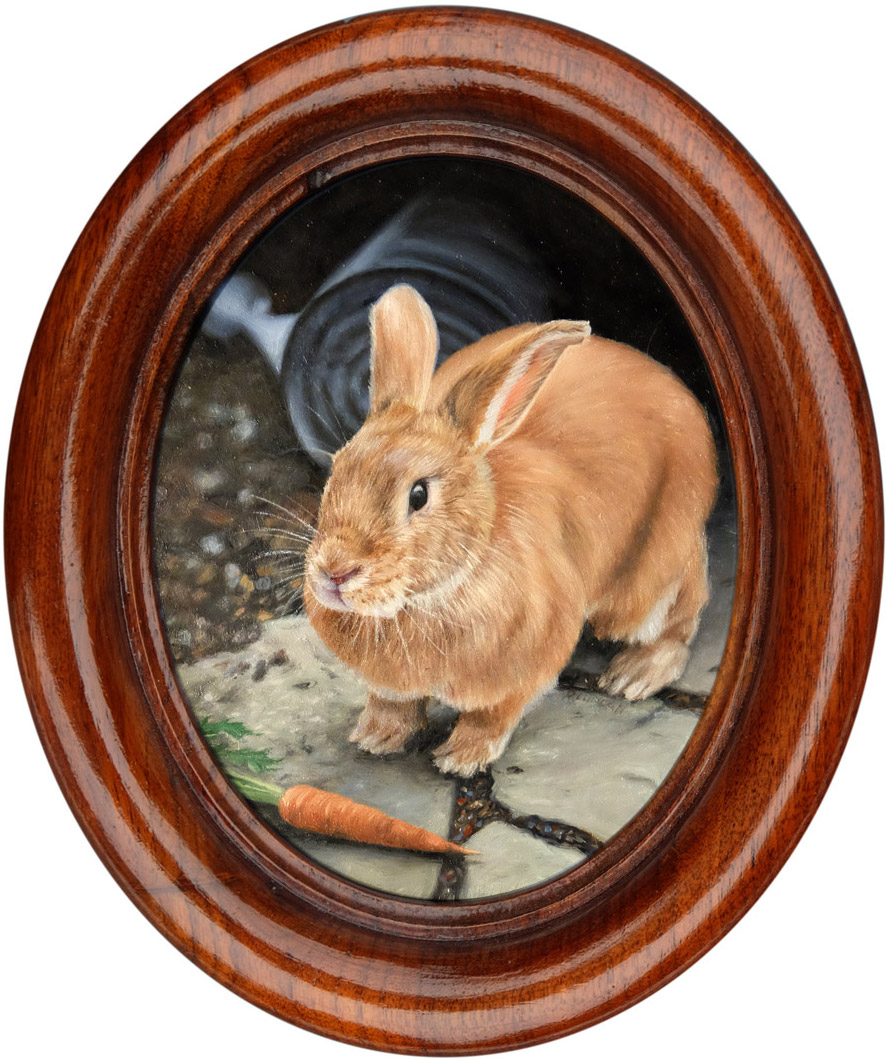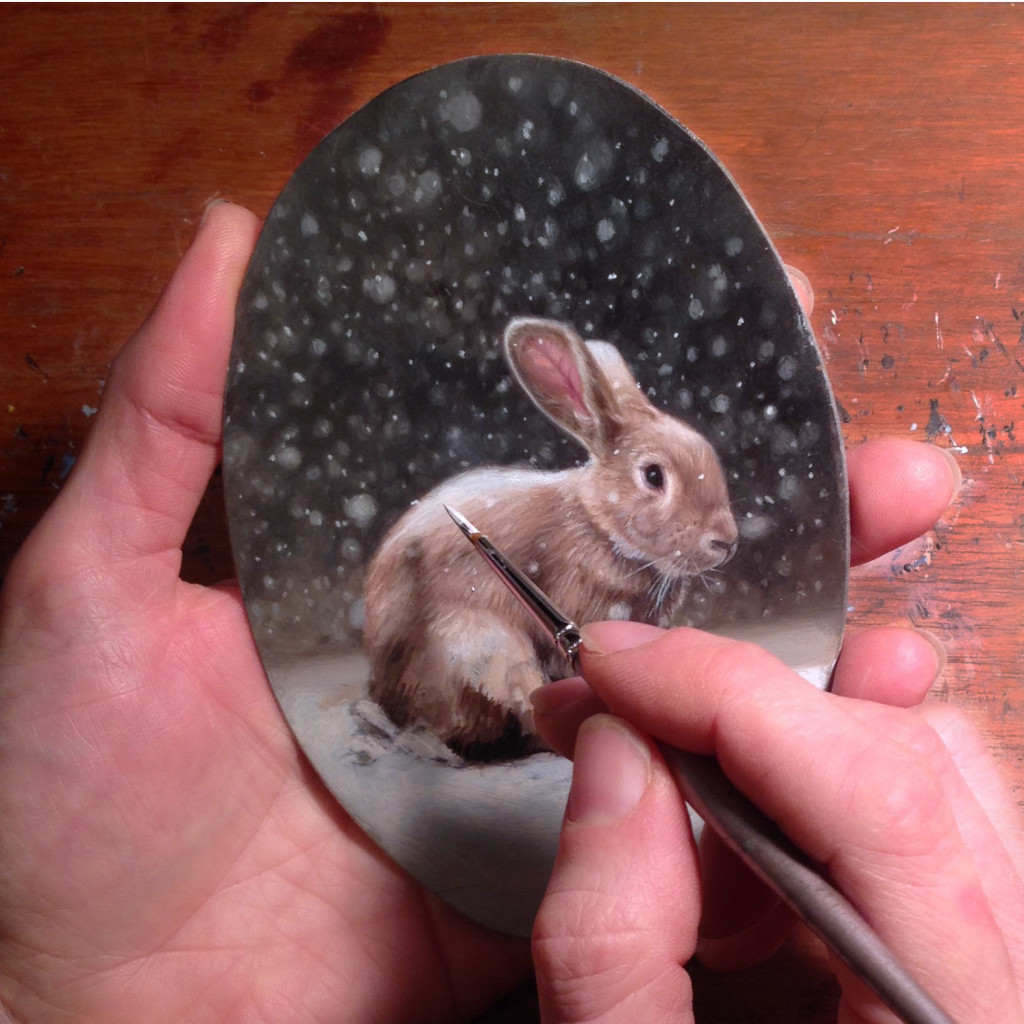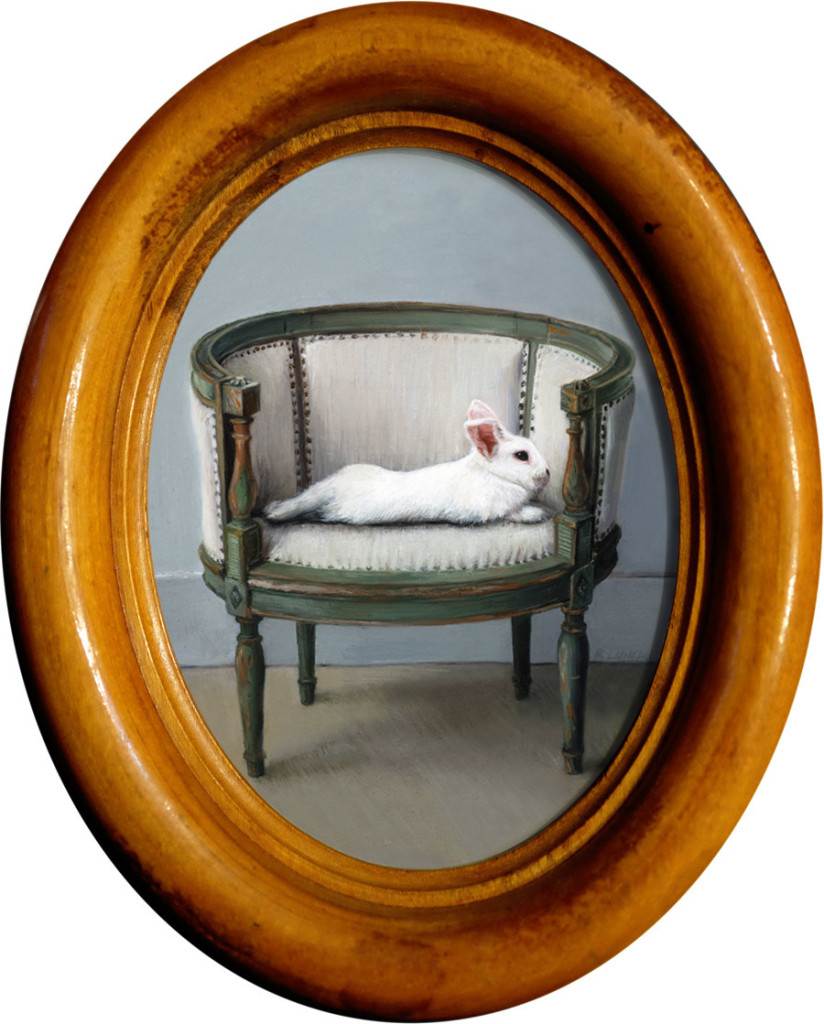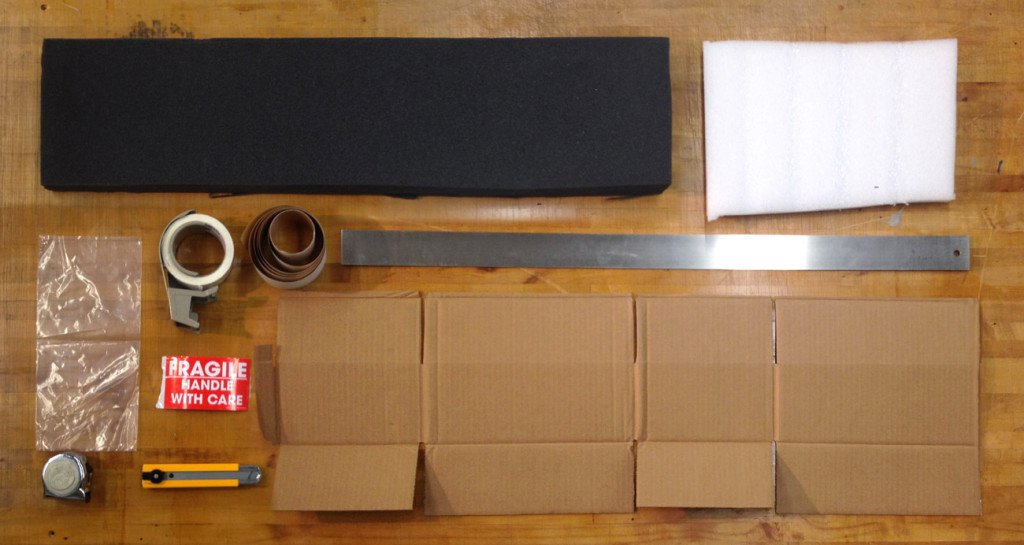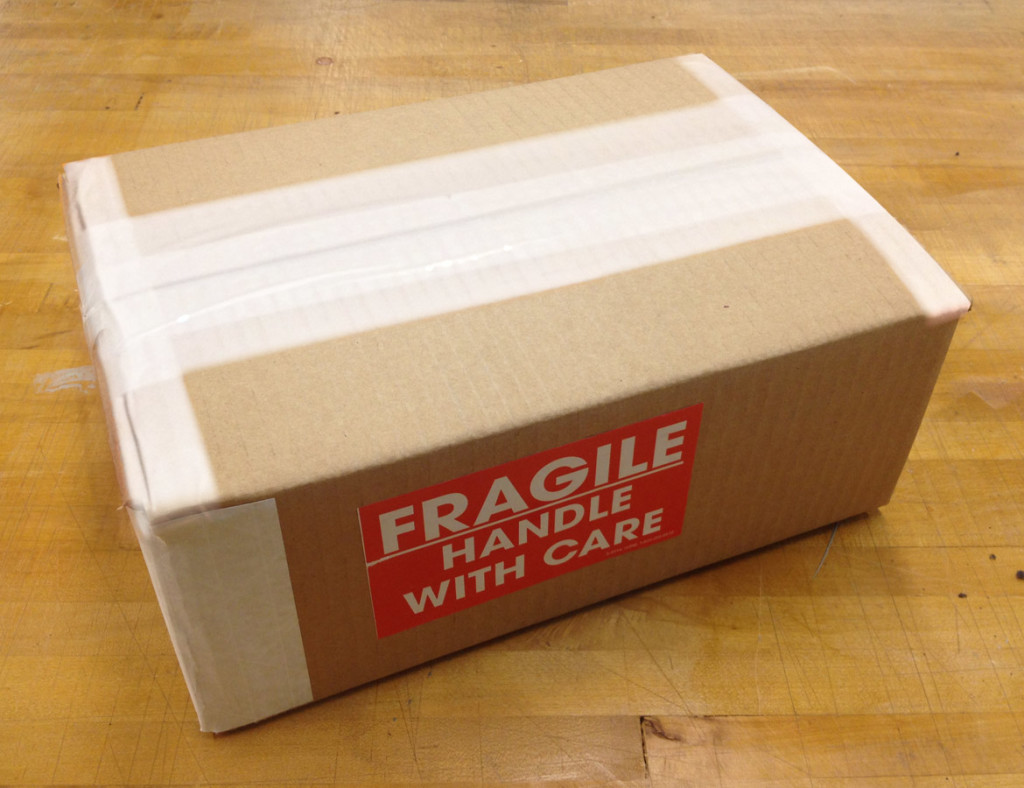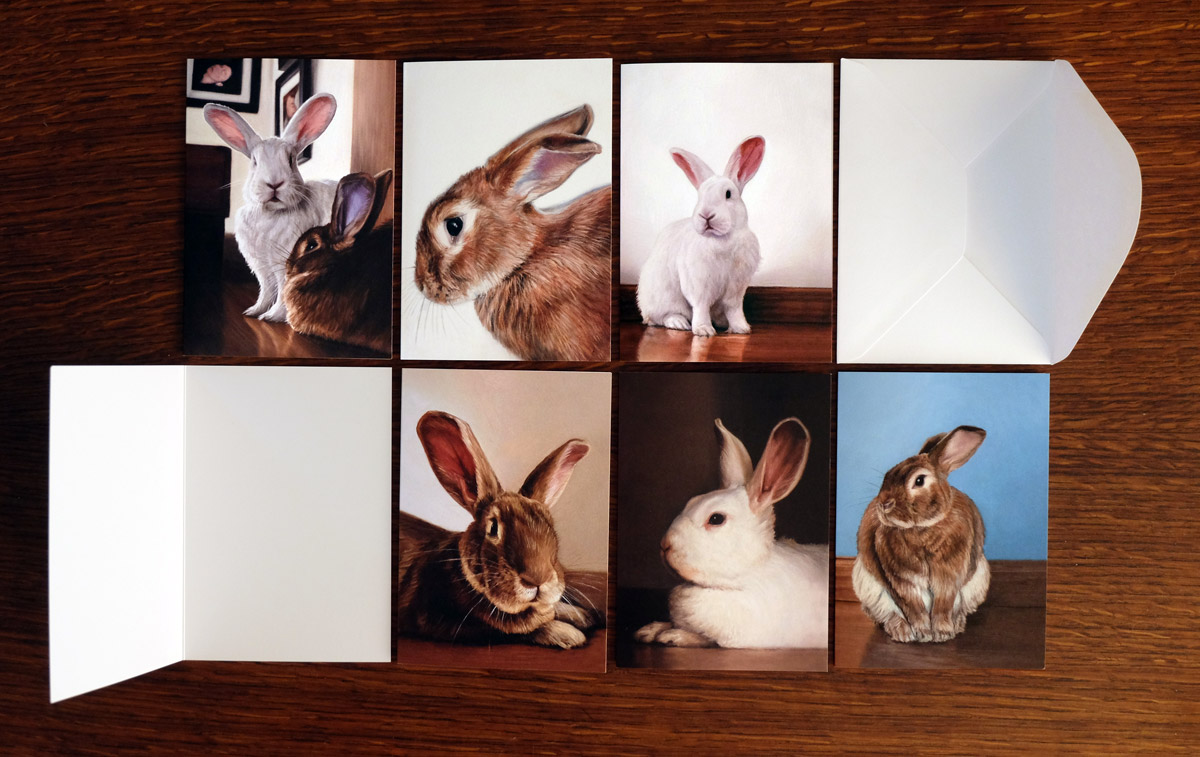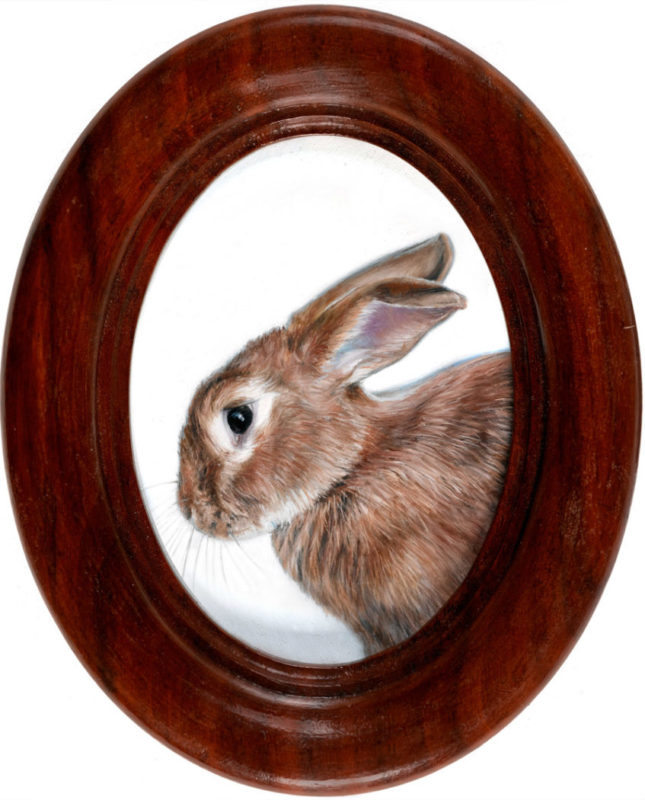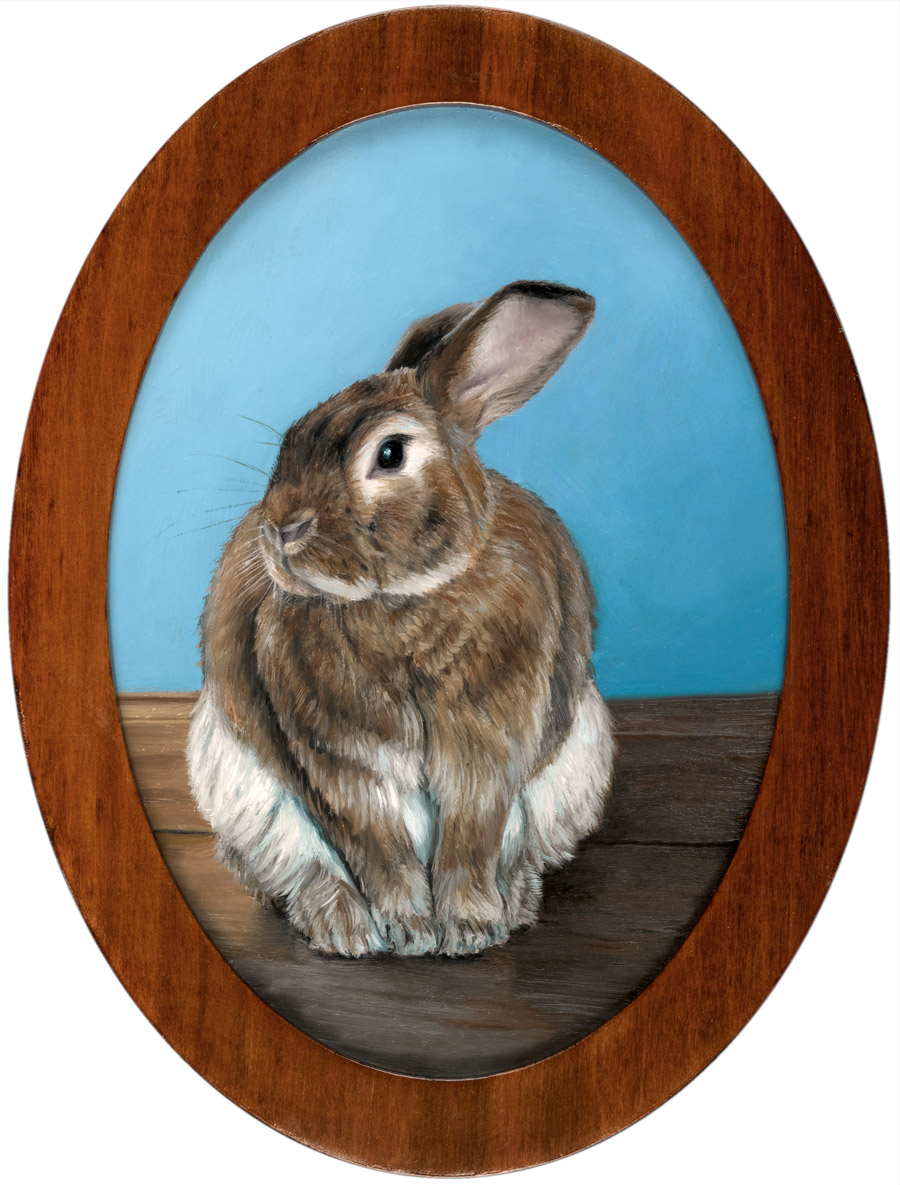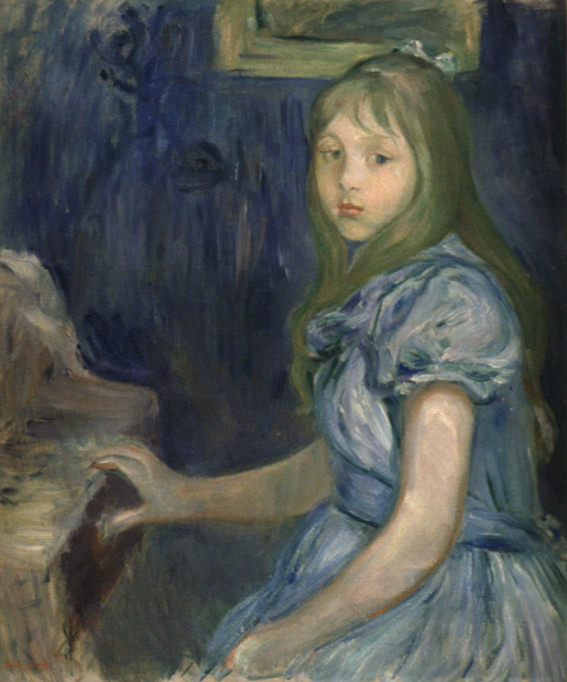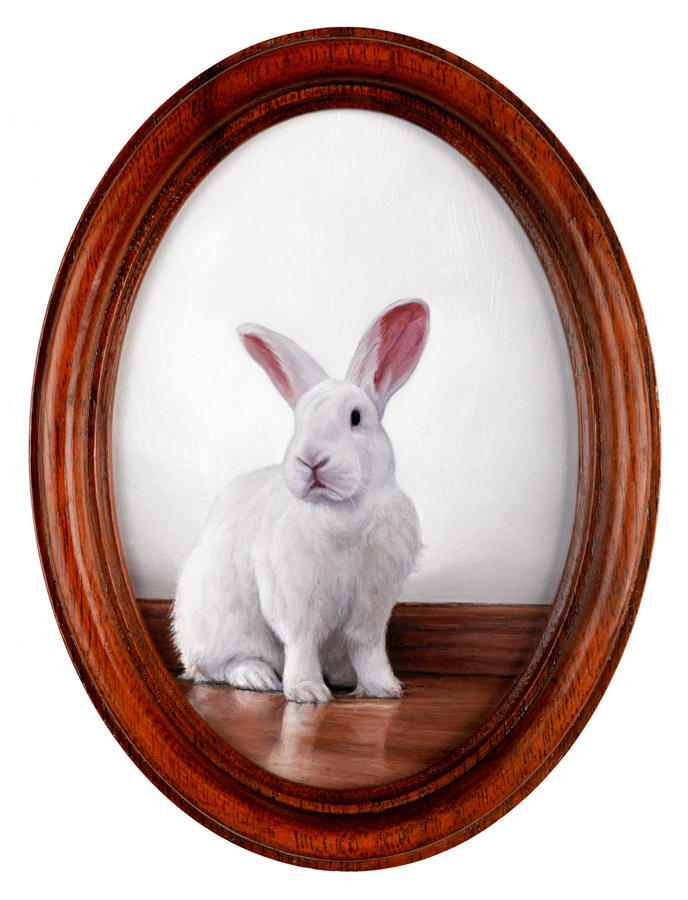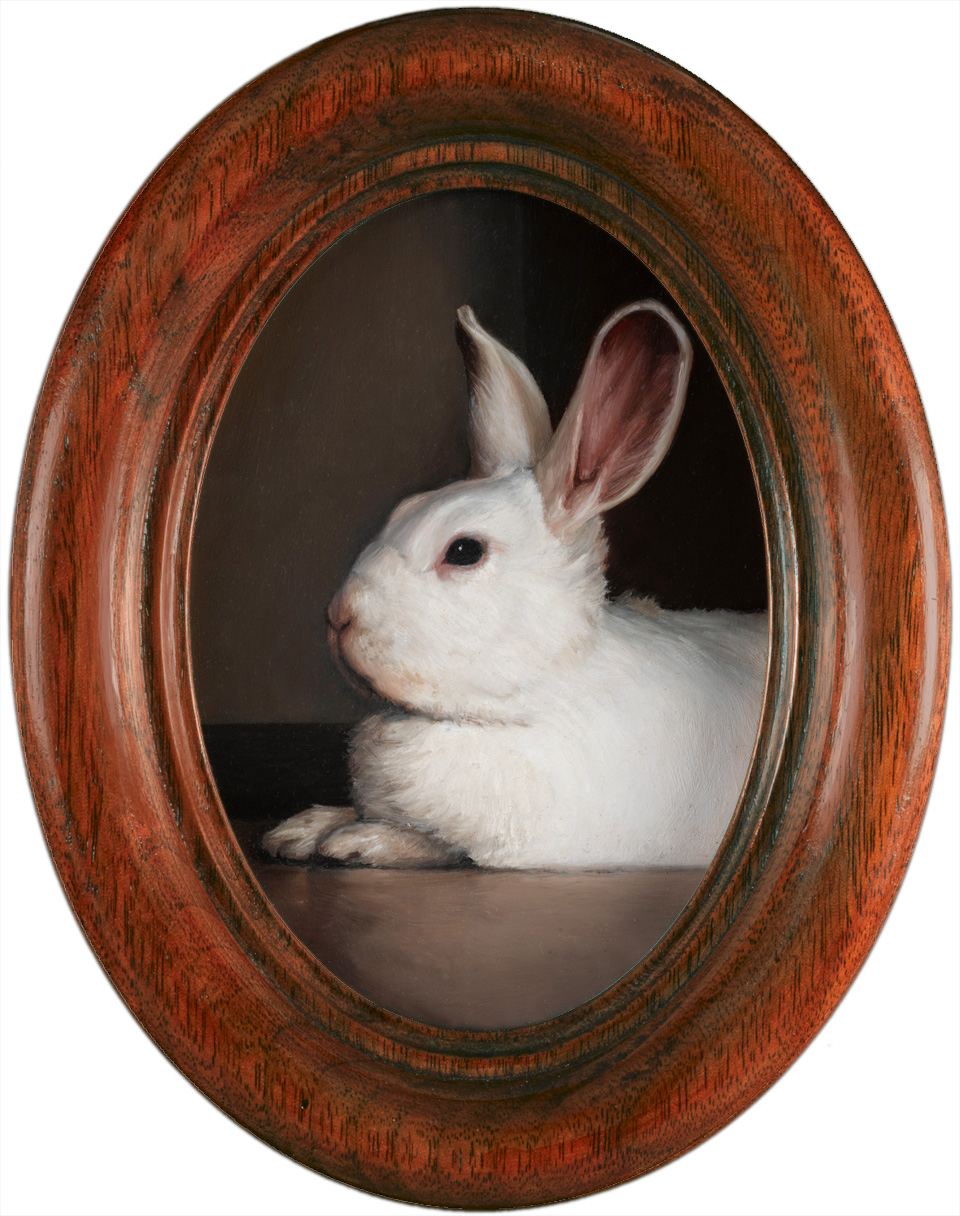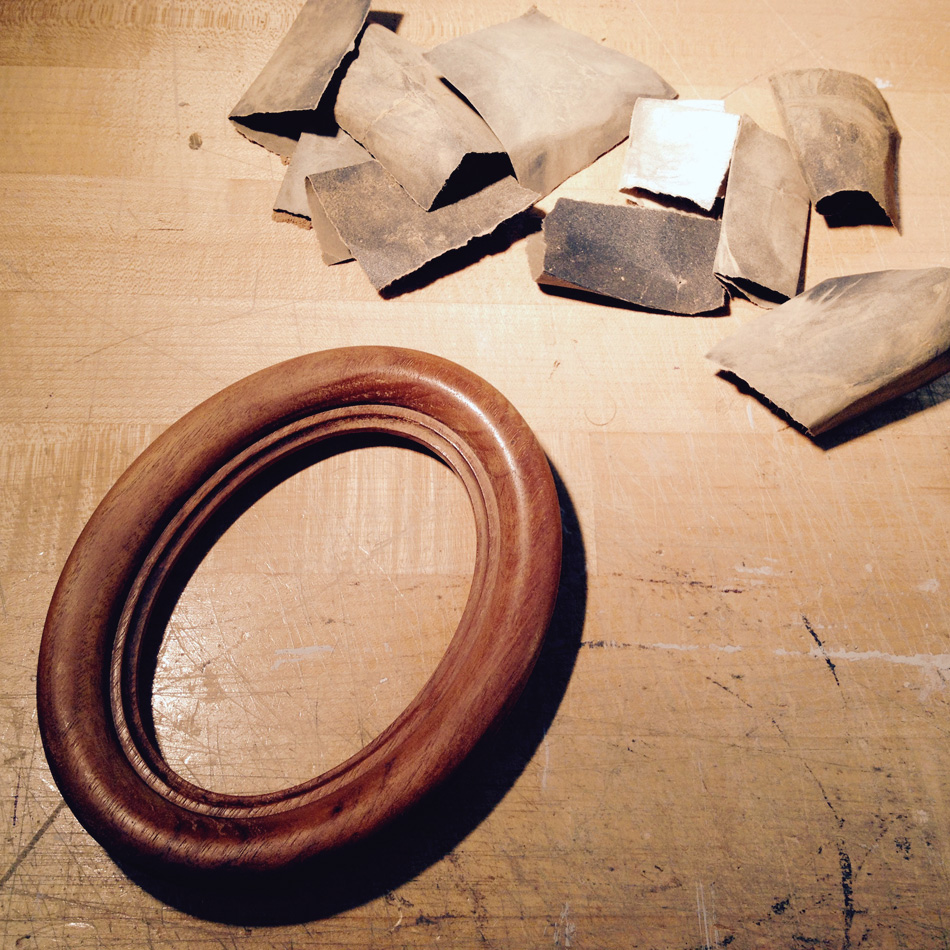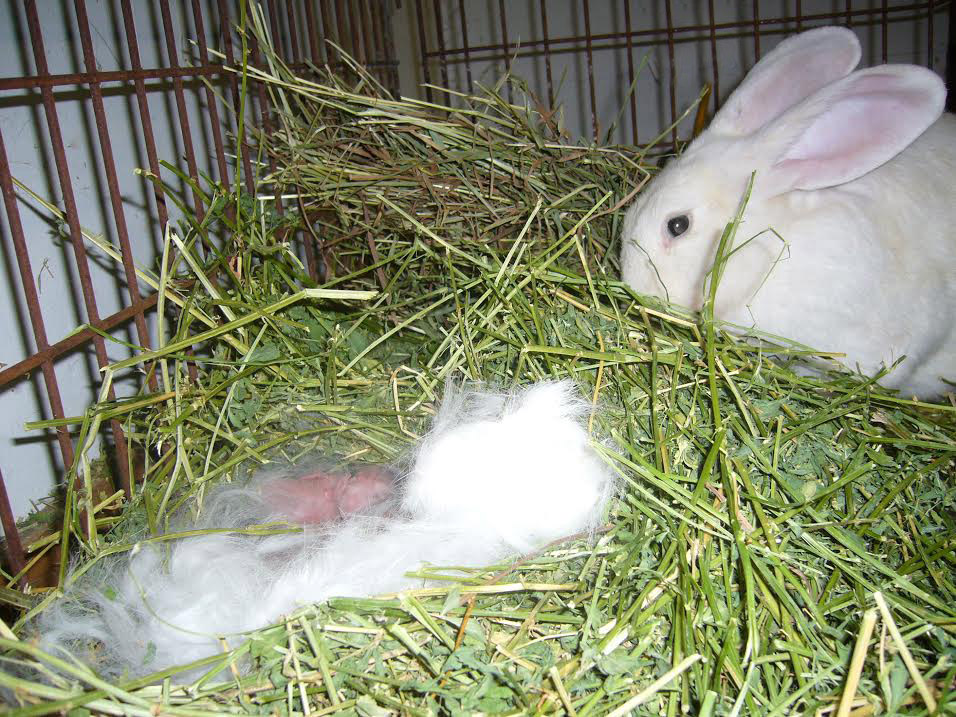
Mother Rabbit
The two rabbits that continue to inspire my paintings came into our family unexpectedly. But that never could have happened without the hard work of one dedicated woman and the generosity of two local organizations.
As we enter the holiday season and I finish up my ninth Monthly Miniature, I want to tell the story of how my models and their litter mates came into the world and found homes. Because without the dedication of some compassionate souls, Charlie and Ellie might not be with us today.
Charlie and Ellie came to us through my mother-in-law. She is an amazing woman. She has worked with animals for years, nursing and rescuing furred and feathered fauna of all sorts. From sleeping in the barn for days on end to be on hand for birthing lambs, to rehabilitating opossums in her bathtub, she does whatever it takes to help an animal in need.
If you went looking for Margot just before sunrise about two years ago, you would find her feeding her herds of goats and sheep, three horses, several cats and dogs, and her little black and white Dutch bunny Zorro. Rabbits are very social and Zorro lived alone, so when Margot’s friend Stacey discovered a large white rabbit hiding out in her backyard, Margot jumped at the chance to give him a companion. They figured the white rabbit was a pet that had been let go. Rabbits can be harder to keep than people expect, so they often get “released into the wild,” but sadly most don’t make it long.
It took Stacey two weeks to catch the rabbit, but when she did Margot drove over right away to pick it up. She set the newcomer’s cage beside Zorro’s for them to meet, and then went to the feed store to buy supplies. When she came home thirty minutes later, she noticed the new cage was carpeted with quite a lot of fur. Upon closer inspection, she found she had not rescued just any rabbit, but a mother rabbit! Nine blind, pink kittens (as baby bunnies are called) lay sleeping in a little furry nest. If you recall the number of animals already on her small farm, you may guess that she loves when babies are born! Taking in one bunny is however, very different from taking in ten bunnies!
Things turned complicated as the bunnies began to grow.
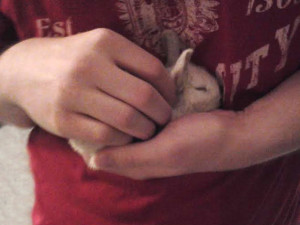
Baby Eleanore
The babies would eventually need homes, and as the tiny newborns grew and their naked bodies got covered in fur, one of the bunnies stayed smooth and naked, she was completely hairless! Despite jokes about knitting tiny
bunny sweaters, we were worried. Such hairless bunnies often don’t survive. Three of the other little kittens didn’t make it to this stage, and Margot worked hard to keep all the surviving six healthy.
As their eyes finally started to open, Margot noticed that one kitten preferred to keep one eye closed. The little brown bunny’s eyelid was slightly inverted, making her eyelashes poke into her eye. It’s an extremely painful condition and will result in blindness if untreated. There is a surgery to fix it, but it’s quite expensive. A Seattle-area organization, Special Bunny came to the rescue. Not only did they raise the money for the entropion eye surgery and saved the little brown rabbit’s eyesight, they kept her and also took in two more white bunny siblings and found them all happy homes.
Margot decided to keep the hairless bunny (called Bunsy Bigglesworth) even if it meant taking up knitting tiny sweaters. But after a few more weeks, Bunsy miraculously sprouted a coat of soft fuzzy fur! And the fuzz soon thickened into a full coat of white fur, only extra soft.
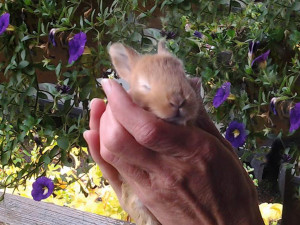
Baby Charlemagne
The last two of the litter are of course my Charlemagne and Eleanor. I had rabbits when I was a kid and I had been wanting house rabbits for years. Two years later, my rabbits live a very spoiled life. They have the run of the house, pose for paintings, and occasionally venture into the garden to play.
Zorro recently passed on, but his remaining years were much happier with his two pretty companions, Miss Tribble and her uncommonly soft daughter Bunsy Bigglesworth. They share a stall with an old Angora goat Satin, where they dig warrens in their hay bedding. They are very friendly, and come out for treats and visits whenever Margot goes out. I’m not sure where the other three are but I hope they are just as happy and loved as their siblings.
Help Thank and Support Seattle Animal Shelter and Rabbit Haven
We owe a great deal of gratitude to Special Bunny for funding the expensive surgery to save one rabbit’s eye, and finding homes for three rabbits, and to the Seattle Animal Shelter who provided discounted spay and neuter services for Charlie and Ellie, as they do for thousands of animals each year.
To show our gratitude, half the proceeds of next month’s Monthly Miniature will be donated to the two organizations. The ninth Monthly Miniature is a seasonally-themed portrait of Charlie in the snow, and it will be sold by auction. Bidding will open on December 7th and will close at 5:00 PM Pacific time Sunday, December 13th. Please consider bidding generously, not only to support me as an artist, but also to help support these wonderful organizations. Check back next week for auction details, and follow me on Facebook, where the auction will take place!


